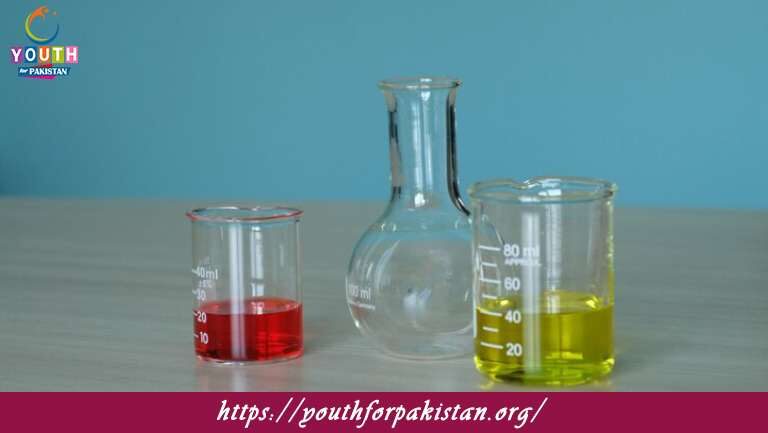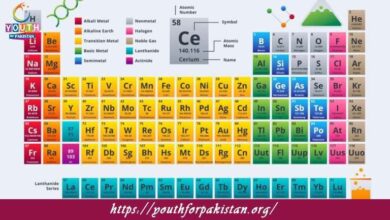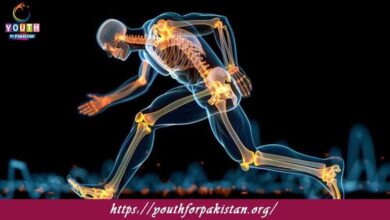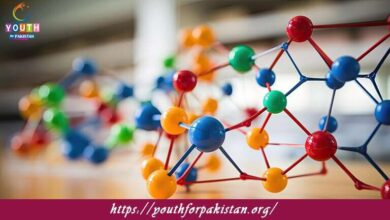12th Class Chemistry Chapter 12 Quiz with Answers

“12th Class Chemistry Chapter 12 Quiz: Aldehydes and Ketones” introduces students to the interesting class of carbonyl compounds characterized by the carbon-oxygen double bond. The compounds are of great importance in organic chemistry; they are very common in industrial processes, and indispensable in biological systems. This chapter deals with the structure, methods of preparation, chemical reactions, and practical uses. Now strengthen your learning with our free MDCAT Quiz and flashcards that will help you get a grip of this topic effectively.
MDCAT Quiz 12th Grade Chemistry Chapter 12 Quiz
Prepare for exams with our MDCAT Quiz, which emphasizes the structure, properties, and reactions of aldehydes and ketones. This quiz includes questions on oxidation, reduction, and condensation reactions, ensuring a solid grasp of theoretical and practical concepts. Strengthen your preparation by solving application-based questions designed to enhance your understanding.
- Test Name: 12th Class Chemistry Chapter 12 Quiz
- Type: Quiz Test
- Total Questions: 30
- Total Marks: 30
- Time: 30 minutes
Note: Answer of the questions will change randomly each time you start the test, once you are finished, click the View Results button.
Free Flashcards for Aldehydes and Ketones
Revise efficiently with free flashcards that simplify key concepts like nucleophilic addition, aldol condensation, and industrial applications of aldehydes and ketones. These flashcards are an ideal resource for quick and effective revision, helping you retain critical points before your exams.
Experience the real exam environment with our expertly designed collection of over 25,000 MCQs MDCAT Mock Tests.






